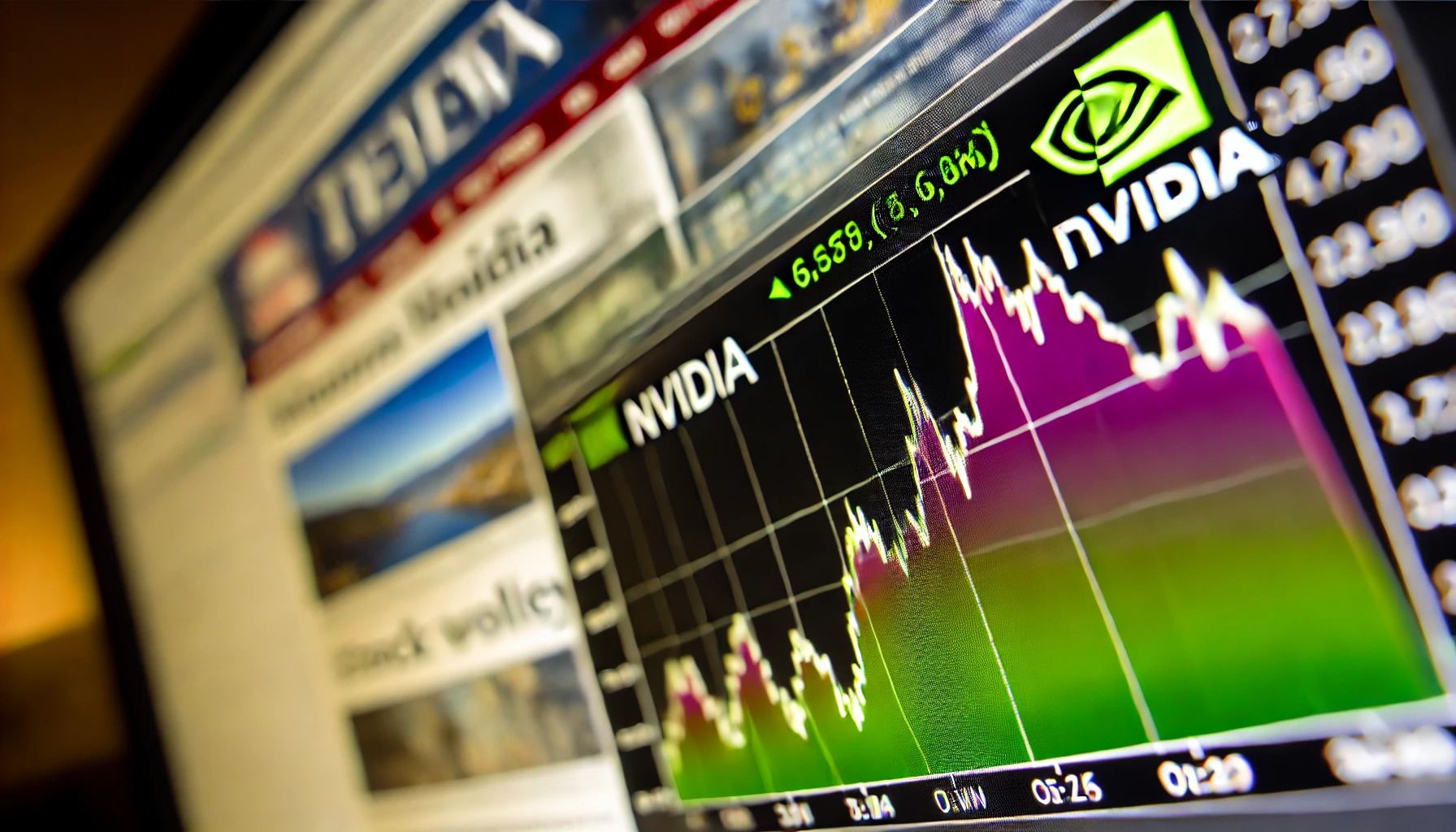
Nvidia, a dominant force in the technology sector, has been the most recently treading on thin ice. Although it posted thrilling performance, high expectations weighed heavily on its stock. This article covers the latest events with regard to Nvidia, focusing on the challenges and possible future prospects of the company.
A Market Leader Under Pressure
The stock performance of Nvidia has just been a pure force, underlining its strong existence in the market. However, this also comes with sky-high expectations. On June 18, Nvidia’s market capitalization gushed to a record $3.34 trillion as it pushed Microsoft out of its pedestal to become the world’s most valuable company. Fast-forward only three days of trading, and the company’s market capitalization had plunged a whopping $430 billion—during a time when relevant change in the fundamentals had not occurred. Such a steep fall only goes ahead to underscore how much volatility and high stakes are attached to the shares of Nvidia.
Profit-Taking and Competitive Concerns
Industry insiders say investors may be taking profits at Nvidia ahead of the second half. A growing concern about new entrants in Nvidia’s space is also allegedly at play. All this adds to heightened uncertainty and the potential for sharp changes in sentiment, particularly given Nvidia’s massive 3,000% stock surge over the past five years.
Elevated Valuations and Market Comparisons
Nvidia’s shares now trade for about 21 times its forward sales, up from 12 times two months ago. That is much higher than the valuations of other major tech companies like Microsoft and Apple, trading at around 12x and 8x forward sales, respectively. A premium like this puts Nvidia in a very vulnerable position to the smallest of disappointments or unmet expectations that send it tumbling down the market grind.
Stock in Nvidia has recently traded about 100% above its 200-day moving average, a performance brought to notice by BTIG’s chief market technician, Jonathan Krinsky. For any US company, this was the most extensive spread above the 200-day moving average while being the biggest in the world—Cisco peaked at 80% in March 2000, which was its all-time high. This puts Nvidia apart and in a potentially vulnerable position.

Parallels with Micron and Analyst Hype
The recent experience of chipmaker Micron serves as a cautionary tale. Despite meeting expectations with its earnings report, Micron’s stock suffered due to the excessive hype and inflated expectations surrounding anything related to AI demand. Analysts had significantly raised their estimates and price targets for Micron ahead of the report, reflecting a broader trend of heightened expectations that can be difficult to meet.
Interactive Brokers’ chief strategist, Steve Sosnick, pointed out that when a company’s performance is good enough to avoid a sell-off but not enough to spur a rally, it indicates that expectations are unrealistically high. This sentiment is relevant to Nvidia, which faces similar pressures to continually exceed lofty market expectations.
Divergent Views on Nvidia’s Future
While some market analysts, including the author of this analysis, believe that Nvidia is priced for perfection and susceptible to volatility, others maintain a more optimistic outlook. Chris Versace, co-founder and chief investment officer at Tematica Research, argues that for medium- to long-term investors, Nvidia’s story remains compelling, given its strong capacity bookings and firm pricing.
Regardless of differing opinions, one consensus remains clear: Nvidia, as a market leader, is expected to maintain its top performance without faltering. The company will not be granted leniency for any perceived underperformance.
Nvidia’s High Expectations Amid Market Volatility and Competitive Threats
Nvidia’s stock is sailing through troubled waters, burdened by towering expectations and market volatility. While this company’s historical performance, coupled with its monopoly in the targeted market, instills confidence in its prospects, challenges stemming from profit-taking, competitive threats, and stretched valuations cannot be willfully ignored. Investors and market watchers would keenly eye the performance of Nvidia forward, aware of the fact that with the status of a top performer come immense opportunities as well as significant risks.












